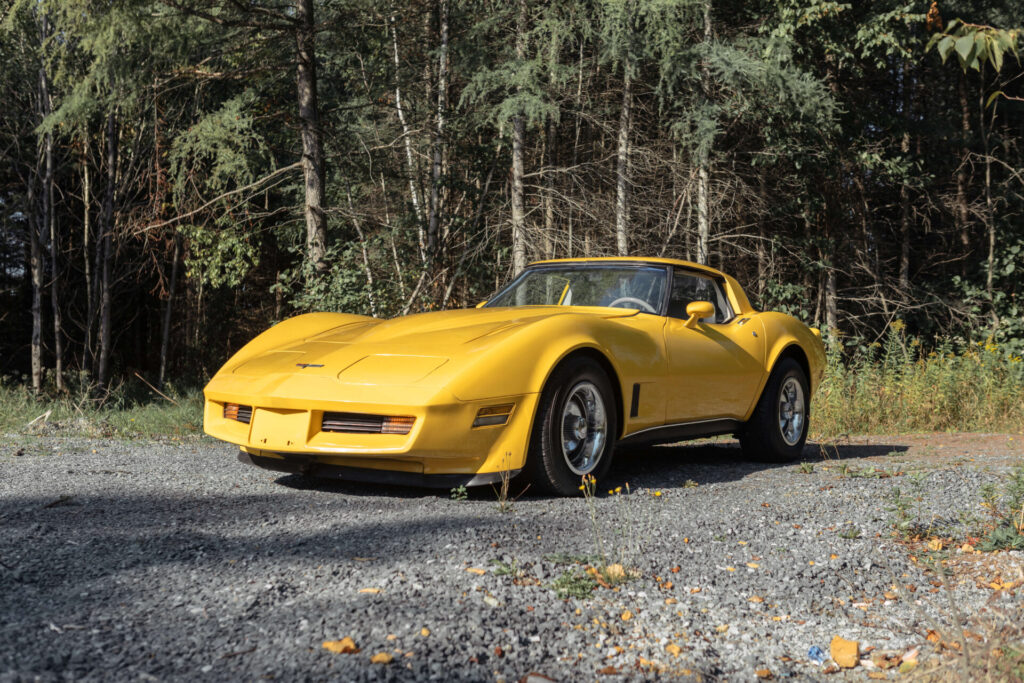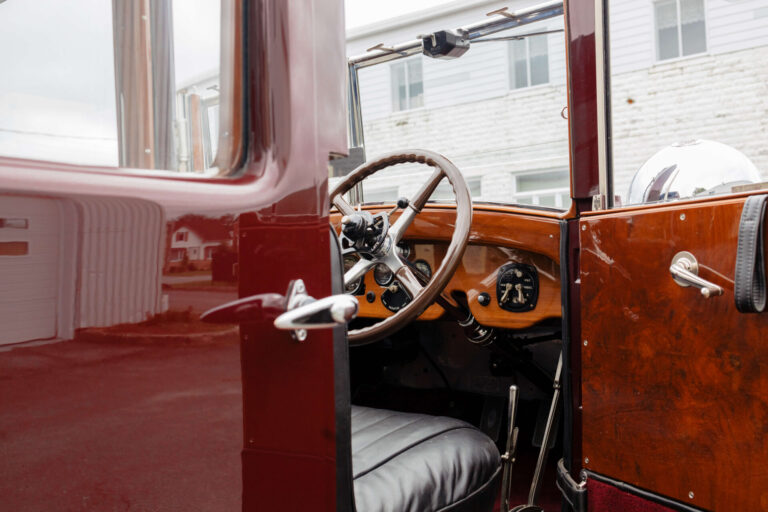The Automotive Dream “One man and his dream had not simply left the world with an engine and four wheels; Henry Ford and his Model T had influenced people's everyday lives - where they lived, how they spent their leisure time, even how they viewed themselves.” - Gary...
The 1980 Corvette
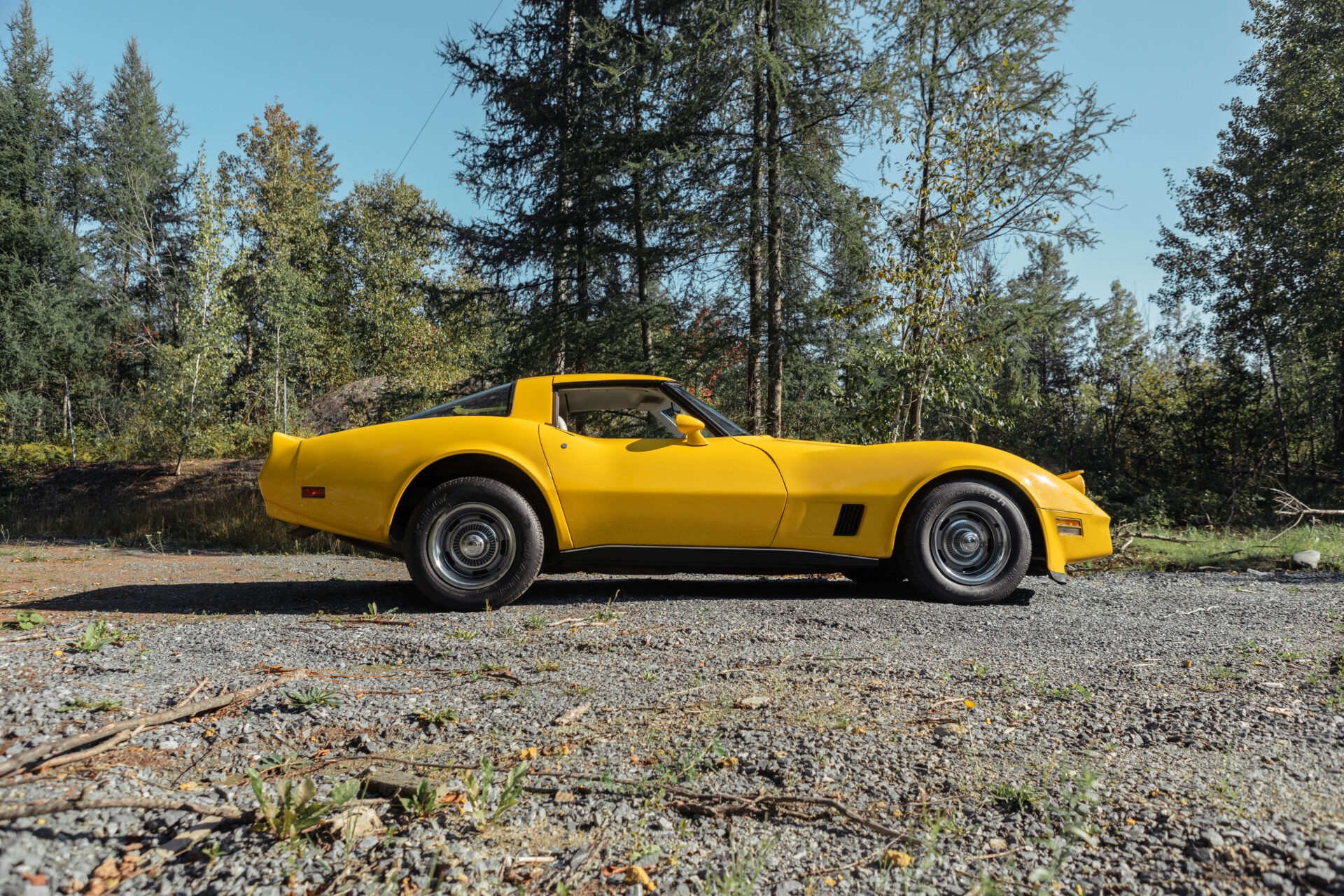
Recent posts
Lagonda 16/80 Special Six 1933
English Touring The car we present to you this week is the Lagonda 16/80 Special Six in the Demers Car Collection. Lagonda was a luxury British car brand that Aston Martin eventually absorbed. Through its association with Aston Martin, it is sometimes hard to remember...
An Introduction to Lagonda
Before Aston Martin “The history of Lagonda cars is synonymous with sophistication, opulence, and groundbreaking performance” - An article for Discovery UK Today, we may recognize the name Lagonda from its association with Aston Martin. Before these two brands...
Cadillac Model A 1903
The Standard of the World “No other American car on the market in the first decade of the century was constructed to higher standards than Cadillac.” - Stephen W. Sears in The Automobile in America Some of you may know that Cadillac has long had the slogan “Standard...
Love it, hate it, we have to talk about it
“And it still packs a distinctively Amurrican brand of bad-ass driving fun.” – Rich Ceppos from the May 1980 Issue of Car and Driver
2023 marks the 70th anniversary of the Corvette. For a model that probably has as many haters as it has lovers, its ability to withstand time and adapt to fashions is noteworthy. Although popular culture often portrays Corvette owners as vapid attention seekers, all Corvettes since 1953 are considered collectibles. The Demers Car Collection has many of them, including some rare models from the 1950s, but the one featured today is the 1980 ‘Vette.
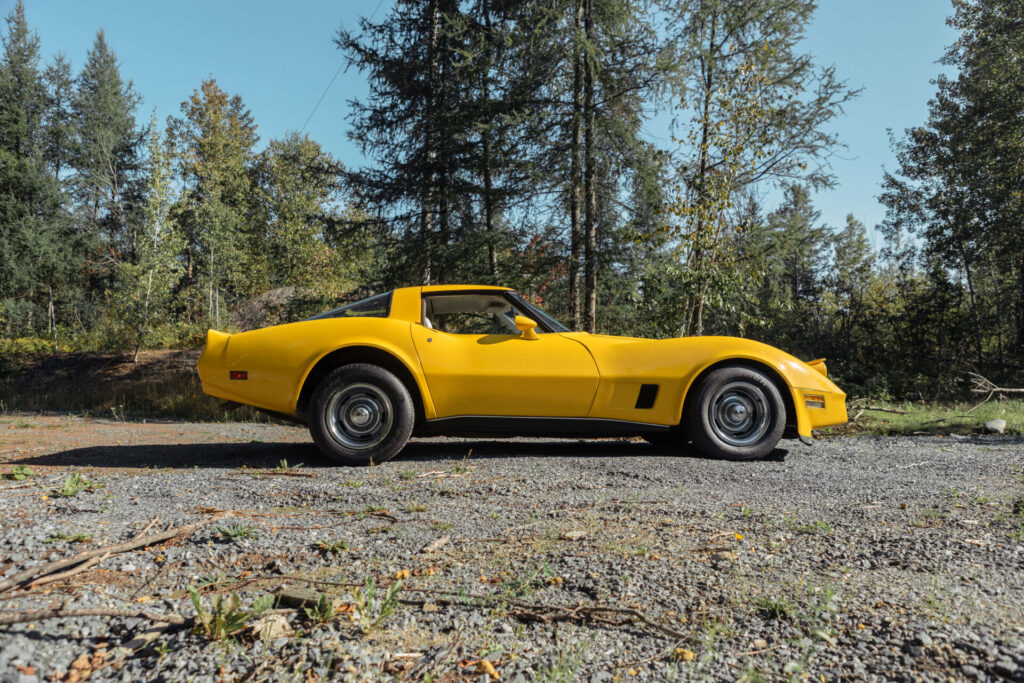
Why Are Corvettes Interesting?
By the 1950s, an increasing number of international sports car imports were flooding the US market. While GM, Dodge, Ford and Chrysler were dominating virtually all other segments, they had yet to produce an adequate sports car. The 1953 Corvette wasn’t the first or the best at anything and at first, its sales weren’t spectacular. After 70 years though, it is still being redesigned and produced making it the oldest american sports car still in production. Chevrolet must have done something right! Until the introduction of the ‘Vette, Chevrolet was producing dependable yet conventional and predictable cars. GM surprised everyone by choosing Chevrolet to introduce a flashy sports car for the 1953 production year. Since then, the ‘Vette grew in power and popularity to become the archetypal American sports car.

Fiberglass?
The 1953 Corvette was made of fiberglass, a new material to the car industry. Although the ‘Vette wasn’t the first American car to use fiberglass for its body, it is often credited for that fact. Initially, Chevrolet only intended to use fiberglass as a temporary solution to create bodies until more permanent steel presses were built. However, the material’s success convinced the producer to retain it in the long run. The use of fiberglass was less costly than traditional steel presses. Apart from money concerns, fiberglass is also considerably lighter, making it perfect for the production of sports cars for which weight is a significant impediment to performance. This new composite was used consistently on Corvettes until 1968, after that, the base body material varied depending on the model. The 1980 Corvette you see here is indeed made using fiberglass.
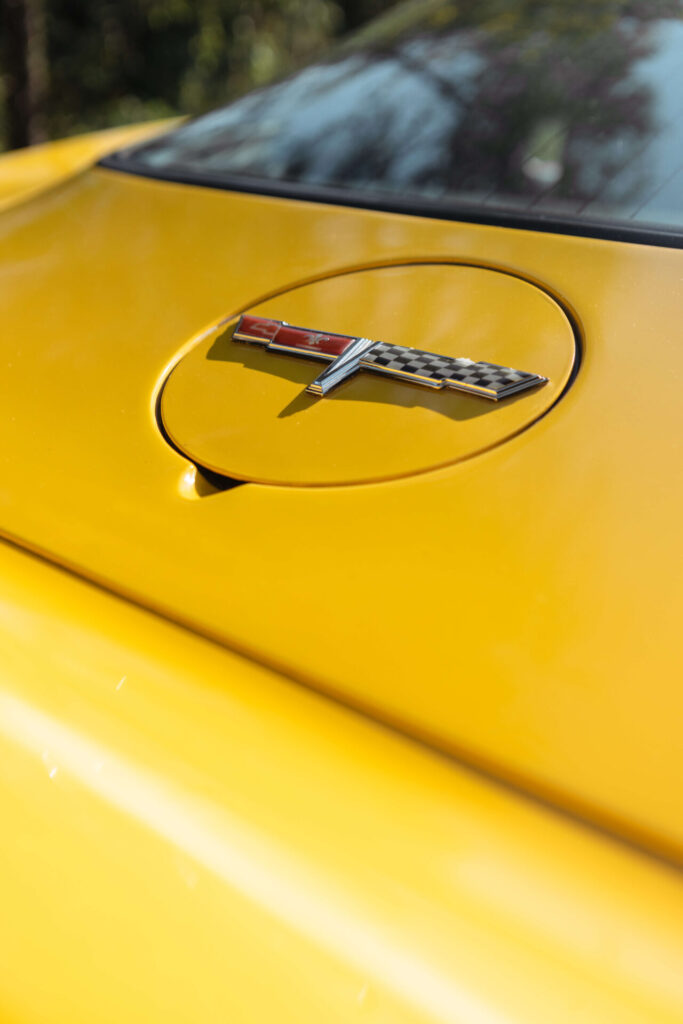
The 1980 ‘Vette
From its introduction in 1953, the ‘Vette has seen several redesigns from small yearly modifications to complete mechanical and aesthetic overhauls. Depending on the similarities to previous models, Corvettes can be classified in “generations.” Depending on who you ask, the 1980 Corvette is part of the third or the fourth generation. The 1980 model is part of the Stingray era of ‘Vettes. Some argue that the Stingray period marked the maturity of the brand with improved performances and harmonious lines. By that time, Corvette was also considered as a brand on its own and no badge on the car showed their Chevrolet or GM origin.
First appearing in 1963, the “Sting Ray” (in two words) model had a controversial design. Stingrays (in one word) were produced from 1967 to 1982. The 1980’s ‘Vettes have lost the iconic split window design of the 1963s and some of their aggressivity, but they retain the overall Stingray profile.
The 1980 model was offered with many different engine options with cars sold in California having the least performant engine and no option to have manual transmission due to fuel efficiency laws. Of the over 40,000 Corvettes sold that year only about 5,000 had the last of the famous L82 engines before they were discontinued. 1980’s ‘Vettes are also the last ones produced without an onboard computer. The one you see here has a standard 350 cu. in. engine and is finished in the original factory color “Hello Yellow.”
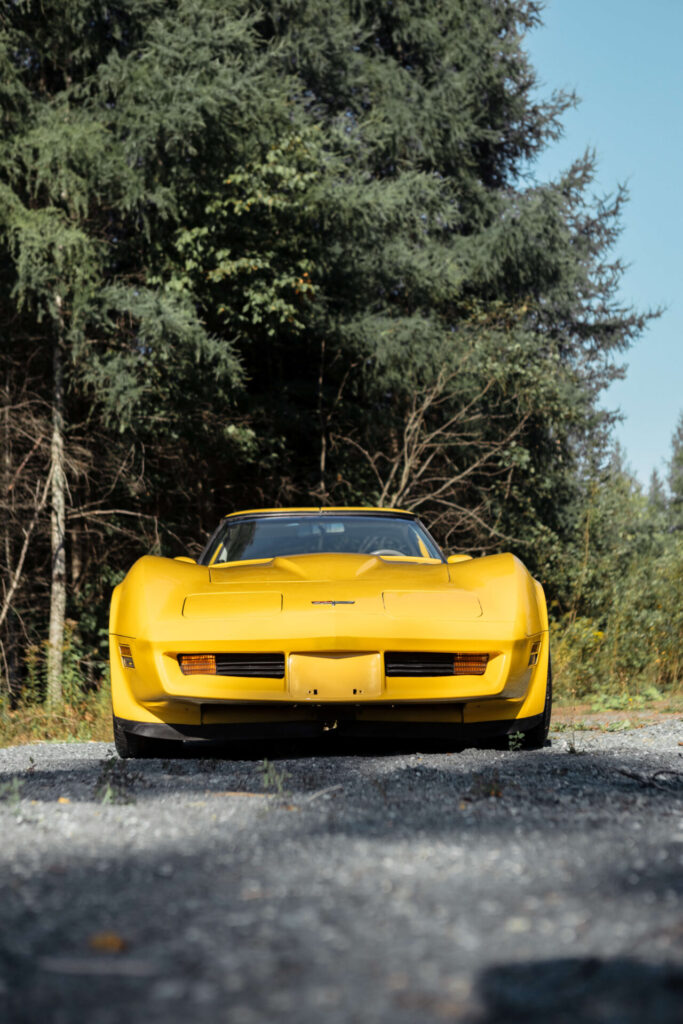
What Now?
Regardless of the critics, the Corvette deserves to be celebrated. Already with the 1980 model, they were recognized as being the first and oldest American sports car, a fact that remains unchanged to this day. You go to any car show and the new ‘Vette will undoubtedly gather a circle of admires. If you like Corvettes, watch this space as we have many more to show you in the Demers Car Collection, and if you don’t, you’re also lucky because next week we’ll discuss another type of car!
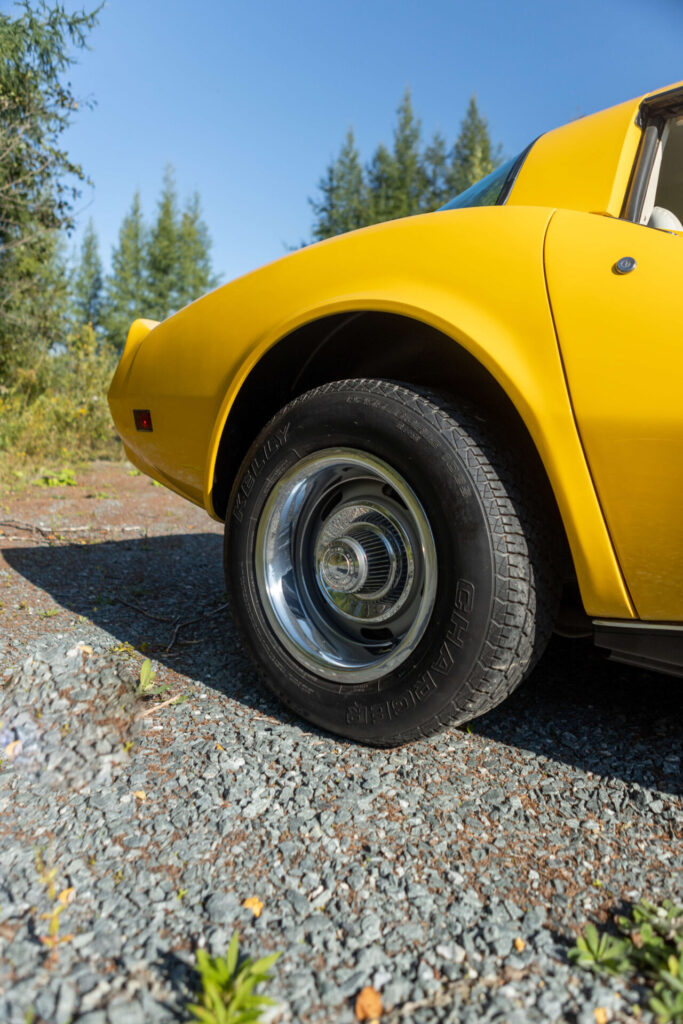
The Nitty Gritty
- 350 cu. in. V8 L-48 engine;
- Maximum speed about 201 km/h or 125mph;
- 190 bhp at 4,400 rpm;
- 3-speed automatic transmission;
- Caliper disc, four-wheel hydraulic brakes;
- Air Conditioning;
- 98 in. or 249 cm wheelbase.
